Astronomy is one of the oldest sciences. From time immemorial, people have followed the movement of the stars across the sky. Astronomical observations of that time helped to navigate the terrain, and were also necessary for the construction of philosophical and religious systems. A lot has changed since then. Astronomy finally freed itself from astrology, accumulated extensive knowledge and technical power. However, astronomical observations made on Earth or in space are still one of the main methods of obtaining data in this science. The methods of collecting information have changed, but the essence of the methodology has remained unchanged.

What are astronomical observations?
There is evidence that suggests that people had elementary knowledge about the movement of the Moon and the Sun even in the prehistoric era. The works of Hipparchus and Ptolemy testify that knowledge about the luminaries was also in demand in Antiquity, and much attention was paid to them. For that time and for a long period after, astronomical observations were the study of the night sky and fixing what was seen on paper or, more simply,speaking, sketching.
Before the Renaissance, only the simplest devices were assistants to scientists in this matter. A significant amount of data became available after the invention of the telescope. As it improved, the accuracy of the information received increased. However, at whatever level of technological progress, astronomical observations are the main way to collect information about celestial objects. Interestingly, this is also one of the areas of scientific activity in which the methods used in the era before scientific progress, that is, observation with the naked eye or with the help of the simplest equipment, have not lost their relevance.

Classification
Today, astronomical observations are a fairly broad category of activities. They can be classified according to several criteria:
- qualification of participants;
- character of recorded data;
- venue.
In the first case, professional and amateur observations are distinguished. The data obtained in this case is most often the registration of visible light or other electromagnetic radiation, including infrared and ultraviolet. In this case, information can be obtained in some cases only from the surface of our planet or only from space outside the atmosphere: according to the third feature, astronomical observations made on Earth or in space are distinguished.
Amateur astronomy
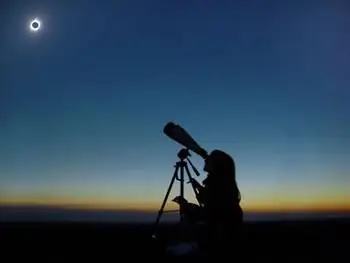
The beauty of stellar science and morecelestial bodies is that it is one of the few that literally needs active and tireless admirers among non-professionals. A huge number of objects worthy of constant attention, there are a small number of scientists occupied with the most complex issues. Therefore, astronomical observations of the rest of the near space fall on the shoulders of amateurs.
The contribution of people who consider astronomy their hobby to this science is quite tangible. Until the middle of the last decade of the last century, more than half of the comets were discovered by amateurs. Their areas of interest also often include variable stars, observing novae, tracking the coverage of celestial bodies by asteroids. The latter is today the most promising and demanded work. As for novae and supernovae, it is usually amateur astronomers who notice them first.
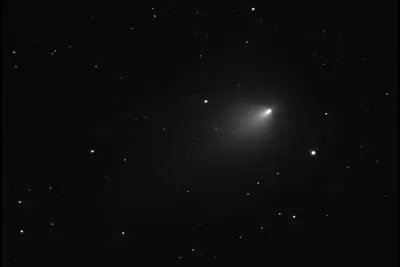
Options for non-professional observations
Amateur astronomy can be divided into closely related sections:
- Visual astronomy. This includes astronomical observations with binoculars, a telescope, or the naked eye. The main goal of such activities, as a rule, is to enjoy the opportunity to observe the movement of the stars, as well as from the process itself. An interesting branch of this trend is "sidewalk" astronomy: some amateurs take their telescopes outside and invite everyone to admire the stars, planets and the Moon.
- Astrophotography. The goal of this direction is to getphotographic images of celestial bodies and their elements.
- Telescope construction. Sometimes the necessary optical instruments, telescopes and accessories for them, are made by amateurs almost from scratch. In most cases, however, telescope construction consists in supplementing existing equipment with new components.
- Research. Some amateur astronomers seek, in addition to aesthetic pleasure, to get something more material. They are engaged in the study of asteroids, variables, new and supernovae, comets and meteor showers. Periodically, in the process of constant and painstaking observations, discoveries are made. It is this activity of amateur astronomers that makes the greatest contribution to science.
Activities of professionals
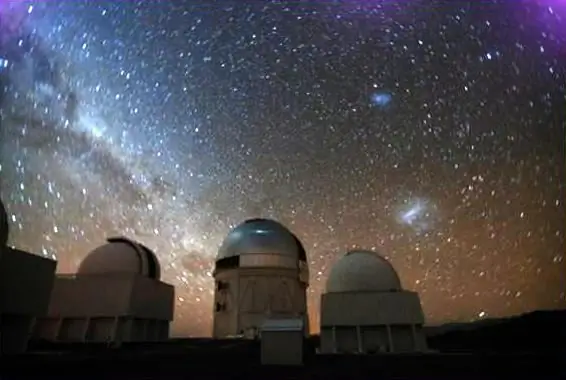
Specialist astronomers around the world have better equipment than amateurs. The tasks facing them require high accuracy in collecting information, a well-functioning mathematical apparatus for interpretation and forecasting. As a rule, quite complex, often distant objects and phenomena lie at the center of the work of professionals. Often, the study of the expanses of space makes it possible to shed light on certain laws of the Universe, to clarify, supplement or refute theoretical constructions regarding its origin, structure and future.
Classification by type of information
Observations in astronomy, as already mentioned, can be associated with the fixation of various radiation. On this basis, the followingdirections:
- optical astronomy explores radiation in the visible range;
- infrared astronomy;
- ultraviolet astronomy;
- radio astronomy;
- X-ray astronomy;
- gamma astronomy.
In addition, the directions of this science and the corresponding observations that are not related to electromagnetic radiation are highlighted. This includes neutrino, which studies neutrino radiation from extraterrestrial sources, gravitational wave and planetary astronomy.
From the surface
Part of the phenomena studied in astronomy are available for research in ground-based laboratories. Astronomical observations on Earth are associated with the study of the trajectories of the movement of celestial bodies, measuring the distance in space to stars, fixing certain types of radiation and radio waves, and so on. Until the beginning of the era of astronautics, astronomers could only be content with information obtained under the conditions of our planet. And this was enough to build a theory of the origin and development of the Universe, to discover many patterns that exist in space.
High above the Earth
A new era in astronomy began with the launch of the first satellite. The data collected by spacecraft is invaluable. They contributed to the deepening of scientists' understanding of the mysteries of the Universe.
Astronomical observations in space make it possible to record all types of radiation, from visible light to gamma and X-rays. Most of them are not available for research from the Earth, because the atmosphere of the planet absorbs them and does not allow them to the surface. An examplediscoveries made possible only after the start of the space age are X-ray pulsars.
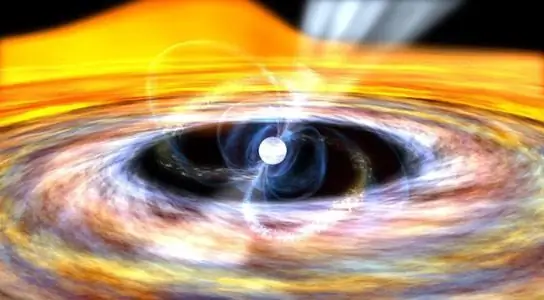
Information Gatherers
Astronomical observations in space are carried out using various equipment installed on spacecraft, orbiting satellites. Many studies of this nature are being carried out on the International Space Station. The contribution of optical telescopes launched several times in the last century is invaluable. The famous Hubble stands out among them. For the layman, it is primarily a source of stunningly beautiful photographic images of deep space. However, this is not all that he "can do". With its help, a large amount of information about the structure of many objects, the patterns of their "behavior" was obtained. Hubble and other telescopes are an invaluable source of data for theoretical astronomy working on the evolution of the universe.
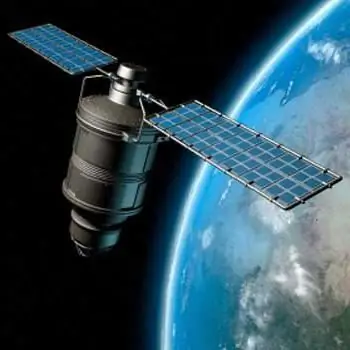
Astronomical observations - both terrestrial and space - are the only source of information for the science of celestial bodies and phenomena. Without them, scientists could only develop various theories without being able to compare them with reality.






